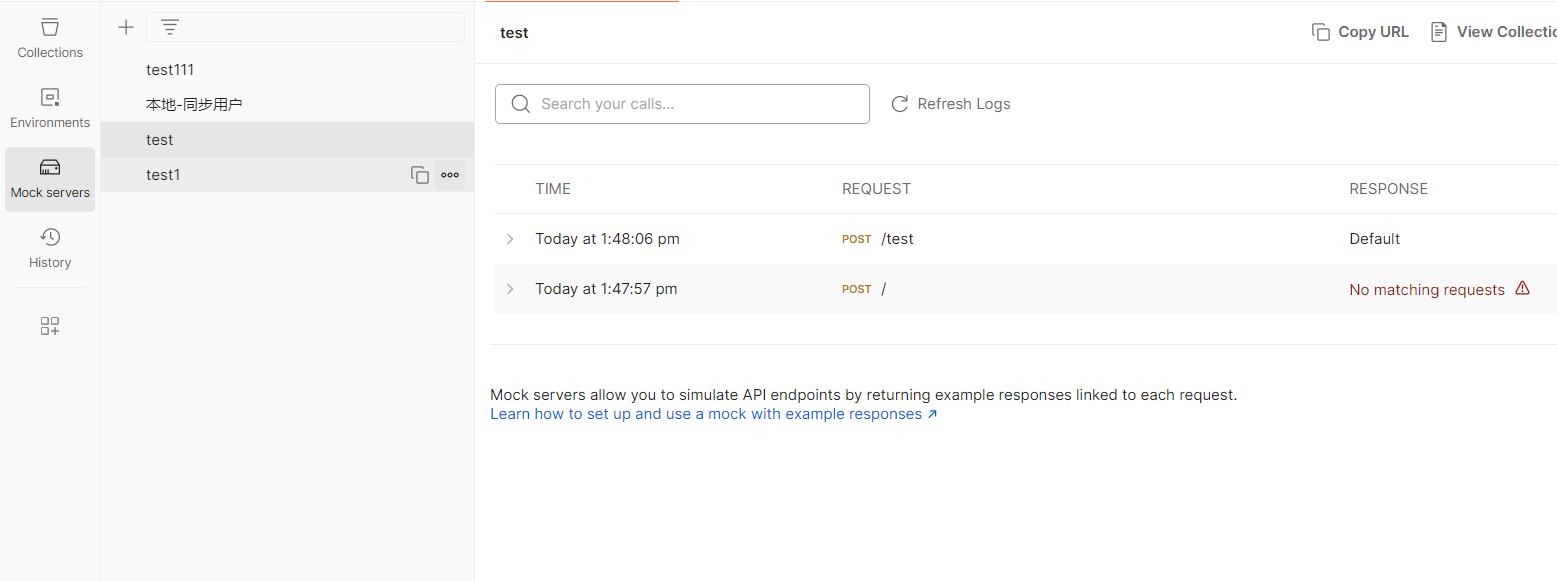1. 框架基本结构

2. 单例模式基类模块
2.1 BaseManager.cs
using System.Collections;
using System.Collections.Generic;
using UnityEngine;
public class BaseManager<T> where T:new()
{
private static T instance;
public static T GetInstance()
{
if (instance == null)
instance = new T();
return instance;
}
}
2.2 SingletonAutoMono.cs
继承这种自动创建的 单例模式基类 不需要我们手动去拖 或者 api去加了
想用他 直接 GetInstance就行了
using System.Collections;
using System.Collections.Generic;
using UnityEngine;
public class SingletonAutoMono<T> : MonoBehaviour where T : MonoBehaviour
{
private static T instance;
public static T GetInstance()
{
if( instance == null )
{
GameObject obj = new GameObject();
//设置对象的名字为脚本名
obj.name = typeof(T).ToString();
//让这个单例模式对象 过场景 不移除
//因为 单例模式对象 往往 是存在整个程序生命周期中的
DontDestroyOnLoad(obj);
instance = obj.AddComponent<T>();
}
return instance;
}
}
2.3 SingletonMon.cs
继承了 MonoBehaviour 的 单例模式对象 需要我们自己保证它的位移性
using System.Collections;
using System.Collections.Generic;
using UnityEngine;
public class SingletonMono<T> : MonoBehaviour where T: MonoBehaviour
{
private static T instance;
public static T GetInstance()
{
//继承了Mono的脚本 不能够直接new
//只能通过拖动到对象上 或者 通过 加脚本的api AddComponent去加脚本
//U3D内部帮助我们实例化它
return instance;
}
protected virtual void Awake()
{
instance = this as T;
}
}
单例注意点:
继承了Mono的脚本 不能够直接new
只能通过拖动到对象上 或者 通过 加脚本的api AddComponent去加脚本
U3D内部帮助我们实例化它
一些生命周期函数和协程函数需要继承Mono对象
unity 过场景时会移除场景里的对象
DontDestroyOnLoad(obj);
让这个单例模式对象 过场景 不移除
因为 单例模式对象 往往 是存在整个程序生命周期中的
3. 缓存池模块
缓存池达到的效果

使用缓存池的目的,unity 的内存gc 是内存满才gc 一次,gc 消耗比较大
切换场景时类丢失但是不会真正的删除
PoolMgr.cs
using System.Collections;
using System.Collections.Generic;
using UnityEngine;
using UnityEngine.Events;
/// <summary>
/// 抽屉数据 池子中的一列容器
/// </summary>
public class PoolData
{
//抽屉中 对象挂载的父节点
public GameObject fatherObj;
//对象的容器
public List<GameObject> poolList;
public PoolData(GameObject obj, GameObject poolObj)
{
//给我们的抽屉 创建一个父对象 并且把他作为我们pool(衣柜)对象的子物体
fatherObj = new GameObject(obj.name);
fatherObj.transform.parent = poolObj.transform;
poolList = new List<GameObject>() {
};
PushObj(obj);
}
/// <summary>
/// 往抽屉里面 压都东西
/// </summary>
/// <param name="obj"></param>
public void PushObj(GameObject obj)
{
//失活 让其隐藏
obj.SetActive(false);
//存起来
poolList.Add(obj);
//设置父对象
obj.transform.parent = fatherObj.transform;
}
/// <summary>
/// 从抽屉里面 取东西
/// </summary>
/// <returns></returns>
public GameObject GetObj()
{
GameObject obj = null;
//取出第一个
obj = poolList[0];
poolList.RemoveAt(0);
//激活 让其显示
obj.SetActive(true);
//断开了父子关系
obj.transform.parent = null;
return obj;
}
}
/// <summary>
/// 缓存池模块
/// 1.Dictionary List
/// 2.GameObject 和 Resources 两个公共类中的 API
/// </summary>
public class PoolMgr : BaseManager<PoolMgr>
{
//缓存池容器 (衣柜)
public Dictionary<string, PoolData> poolDic = new Dictionary<string, PoolData>();
private GameObject poolObj;
/// <summary>
/// 往外拿东西
/// </summary>
/// <param name="name"></param>
/// <returns></returns>
public void GetObj(string name, UnityAction<GameObject> callBack)
{
//有抽屉 并且抽屉里有东西
if (poolDic.ContainsKey(name) && poolDic[name].poolList.Count > 0)
{
callBack(poolDic[name].GetObj());
}
else
{
//通过异步加载资源 创建对象给外部用
ResMgr.GetInstance().LoadAsync<GameObject>(name, (o) =>
{
o.name = name;
callBack(o);
});
//obj = GameObject.Instantiate(Resources.Load<GameObject>(name));
//把对象名字改的和池子名字一样
//obj.name = name;
}
}
/// <summary>
/// 换暂时不用的东西给我
/// </summary>
public void PushObj(string name, GameObject obj)
{
if (poolObj == null)
poolObj = new GameObject("Pool");
//里面有抽屉
if (poolDic.ContainsKey(name))
{
poolDic[name].PushObj(obj);
}
//里面没有抽屉
else
{
poolDic.Add(name, new PoolData(obj, poolObj));
}
}
/// <summary>
/// 清空缓存池的方法
/// 主要用在 场景切换时
/// </summary>
public void Clear()
{
poolDic.Clear();
poolObj = null;
}
}
测试脚本
PoolMgrTest用于缓存对象的生成,鼠标左键点击生成Cube,鼠标右键点击生成Sphere。
using UnityEngine;
public class PoolMgrTest : MonoBehaviour
{
// Update is called once per frame
void Update()
{
if (Input.GetMouseButtonDown(0))
{
PoolMgr.GetInstance().GetObj("Prefabs/Cube",(o)=> {
Debug.Log(o.name + "加载成功!");
});
}
if (Input.GetMouseButtonDown(1))
{
PoolMgr.GetInstance().GetObj("Prefabs/Sphere", (o) => {
o.transform.position= new Vector3(2f,0,0);
Debug.Log(o.name + "加载成功!");
});
}
}
}
DelayPush用于控制缓存对象的消失,挂载到Cube和Sphere两个预制体上。
public class DelayPush : MonoBehaviour
{
private void OnEnable()
{
Invoke("Push", 1);
}
void Push() {
PoolMgr.GetInstance().PushObj(this.gameObject.name, this.gameObject);
}
}
4. 事件中心模块
EventCenter.cs
using System.Collections;
using System.Collections.Generic;
using UnityEngine;
using UnityEngine.Events;
public interface IEventInfo
{
}
public class EventInfo<T> : IEventInfo
{
public UnityAction<T> actions;
public EventInfo( UnityAction<T> action)
{
actions += action;
}
}
public class EventInfo : IEventInfo
{
public UnityAction actions;
public EventInfo(UnityAction action)
{
actions += action;
}
}
/// <summary>
/// 事件中心 单例模式对象
/// 1.Dictionary
/// 2.委托
/// 3.观察者设计模式
/// 4.泛型
/// </summary>
public class EventCenter : BaseManager<EventCenter>
{
//key —— 事件的名字(比如:怪物死亡,玩家死亡,通关 等等)
//value —— 对应的是 监听这个事件 对应的委托函数们
private Dictionary<string, IEventInfo> eventDic = new Dictionary<string, IEventInfo>();
/// <summary>
/// 添加事件监听
/// </summary>
/// <param name="name">事件的名字</param>
/// <param name="action">准备用来处理事件 的委托函数</param>
public void AddEventListener<T>(string name, UnityAction<T> action















![[Python学习日记-9] Python中的运算符](https://i-blog.csdnimg.cn/direct/273f031708ae409eb08757b0cd557cd0.png)


